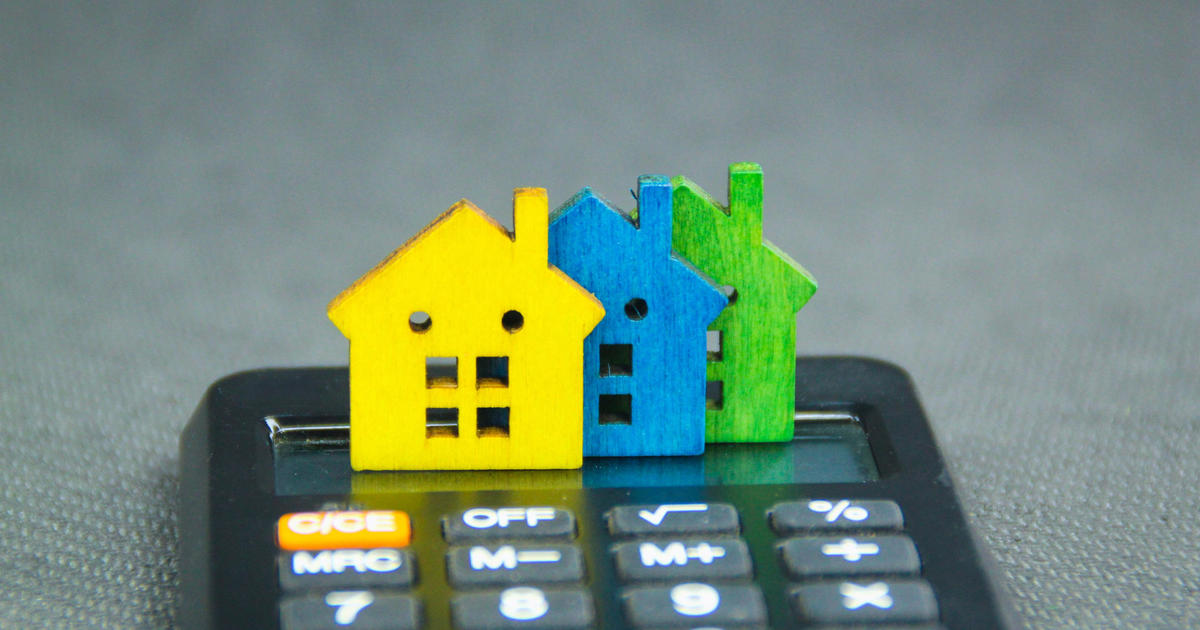Getty Images
With borrowing rates still high overall, many homeowners have been turning to their home equity as a way to tap into the funds they need at an affordable rate. After all, the average homeowner currently has about $200,000 in accessible home equity alone, and about $300,000 in total equity, meaning that they have plenty of funds to borrow from. Plus, your home is used as collateral when you tap into your equity, which typically results in securing a more favorable interest rate — especially compared to unsecured loans.
But the landscape for home equity borrowing could become even more attractive soon. Inflation has cooled significantly over the last four months, and the Federal Reserve is now expected to conduct its first rate cut of the year when it meets in September. That could have an impact on the rates being offered on home equity loans and home equity lines of credit (HELOCs), making it even more affordable to pursue these borrowing options.
Before deciding to leverage your home’s equity, though, it’s important to understand the financial implications of doing so. For example, if you’re borrowing $75,000 with a HELOC, you need to be aware of the monthly costs it could come with.
Start comparing today’s top home equity borrowing options online now.
How much would a $75,000 HELOC cost per month?
The average HELOC interest rate stands at 9.37% (as of August 21, 2024). While that rate is higher than it was just a few years ago, it’s still significantly lower than the average credit card rate (which is approaching 23%) and the average personal loan rate (currently hovering above 12%). So, for homeowners with $75,000 in available equity, a HELOC presents one of the most cost-effective borrowing solutions in the current market.
To illustrate, here’s what the costs would be on a $75,000 HELOC for both 10- and 15-year repayment periods:
- 10-year HELOC at 9.37%: $965.15 monthly, totaling $40,818.17 in interest paid
- 15-year HELOC at 9.37%: $777.30 monthly, totaling $64,913.27 in interest paid
While a $75,000 HELOC would cost between $777.30 and $965.15 monthly if fully drawn now, it’s important to remember that HELOC rates are variable. The rates will typically adjust monthly, so the actual costs on your line of credit may fluctuate over time.
The Federal Reserve is also expected to slash its benchmark rate starting in September, with initial cuts projected at 25 basis points. If HELOC rates were to also decrease by 25 basis points, declining to 9.12%, here’s how the monthly payments would adjust:
- 10-year HELOC at 9.12%: $954.95 monthly, totaling $39,593.51 in interest paid
- 15-year HELOC at 9.12%: $766.06 monthly, totaling $62,891.37 in interest paid
Note, though, that the calculations above assume you borrow the full $75,000 immediately and make consistent payments on what you borrow. In reality, a HELOC is a line of credit, not a lump-sum loan, so you can draw what you need when you need it. That, in turn, can reduce your overall interest costs.
Find out how affordable the right HELOC or home equity loan could be now.
Would a home equity loan be more affordable?
Home equity loans currently come with an average rate of 8.52%, so a $75,000 home equity loan with a term of 15 years would have monthly payments of about $739.43. This amounts to a total interest payment of $58,098.15 over the life of the loan.
Rates on home equity loans are fixed, so they wouldn’t fall automatically with a rate decrease. However, if home equity loan rates were to drop by 25 basis points in September to 8.27%, and you were to wait to lock in a rate, you could save money. At 8.27%, you would have a monthly payment of $728.48 and pay a total of $56,126.07 in interest over the life of the loan.
But while a home equity loan could be more affordable at today’s average rates, that’s not the only factor to consider. You should also weigh the trade-offs between the two options before making a decision.
For example, HELOCs allow borrowers to draw funds as needed, potentially reducing the overall interest costs. Home equity loans, on the other hand, provide a lump sum upfront, which means you’re paying interest on the full loan amount. Should rates drop significantly after you take out a home equity loan, you would also need to refinance to take advantage of them. This process incurs closing costs, which may offset the benefits of securing a lower rate.
The bottom line
In the current economic climate, both HELOCs and home equity loans can be affordable ways to borrow $75,000. That said, whether the right move for you is to borrow with a HELOC or a home equity loan depends on what you prioritize. If your goal is to secure payment stability and you’re comfortable with the current 8.52% rate, a home equity loan might be the right option. But if you want to automatically benefit from future rate decreases and need more flexibility, you might find a HELOC more suitable, even with the higher initial rate.
